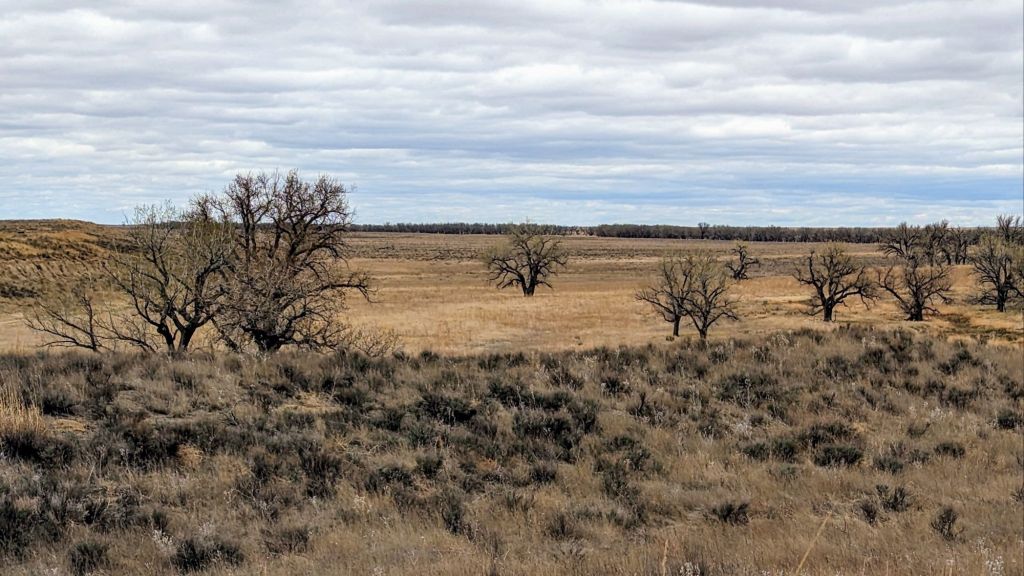Today’s quotes:
“Damn any man who sympathizes with Indians! … I have come to kill Indians, and believe it is right and honorable to use any means under God’s heaven to kill Indians. … Kill and scalp all, big and little; nits make lice.
Col. John Chivington, Civil War hero, Methodist pastor.
And:
“Men, I shall not dictate to you who to kill nor what to kill, but remember our poor murdered women and children”
Colonel Chivington, as quoted by Private Theodore Chubbuck, Company C, 3rd Regiment
And:
“We ran up the creek with the cavalry following us… The dry bed of the stream was now a terrible sight: men, women, and children lying thickly scattered on the sand, some dead and the rest too badly wounded to move…
George Bent, Sand Creek Survivor
From the National Park Service :
On the morning of November 29, 1864, U.S. Volunteer Cavalry launched a surprise attack on a peaceful encampment of Cheyenne and Arapaho along the banks of the Big Sandy Creek. Black Kettle, one of several peace chiefs in the village, raised an American and white flag of truce above his tipi. The attack resulted in the death of about 200 Cheyenne and Arapaho, many of whom were horribly mutilated. In 1865, the United States Government accepted responsibility for and condemned the massacre as part of the Treaty of the Little Arkansas, but charges were never brought against those responsible. Although permanently affected by the massacre, the Cheyenne and Arapaho hold strongly to their culture, language, and traditions today.

The Fort Laramie treaty of 1851 defined the Plains tribes territory and promised annuities and protection in return for allowing safe travel for settlers through Indian lands.
That was before gold was discovered in treaty lands, after which the US Government cancelled the treaty and forced the Native Americans onto a smaller reservation and a new treaty. Which of course contained no known mineral riches.
Gold does that to uncivilized men.
The Native Americans who were massacred at Sand Creek in 1864 had surrendered, were camped as ordered by the Army, and just in case were flying an American flag.
In Denver, crowds cheered when returning soldiers displayed their human trophies. Congress investigated. The Colonel who ordered the attack was not hanged, not imprisoned, not prosecuted.
The Government promised reparations, then failed to live up to that promise.
Several of the officers commanded by Col. Chivington refused to fire on the Indians, and later testified to Congress. After testifying, one of the whistleblowing officers was murdered on the streets of Denver by a soldier who had been under Chivington’s command at Sand Creek. The murderer, though known, was not brought to justice.

Leave a comment